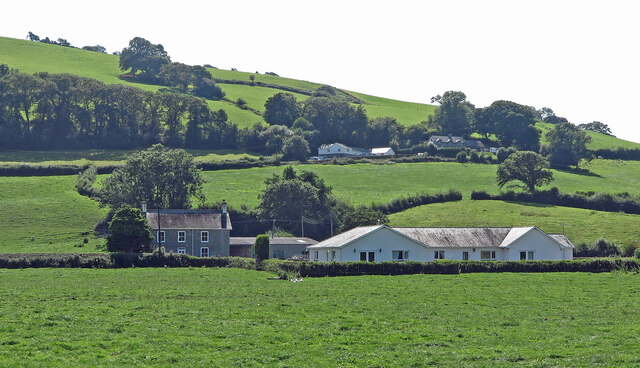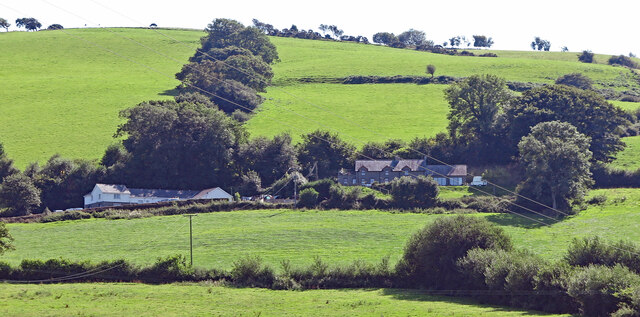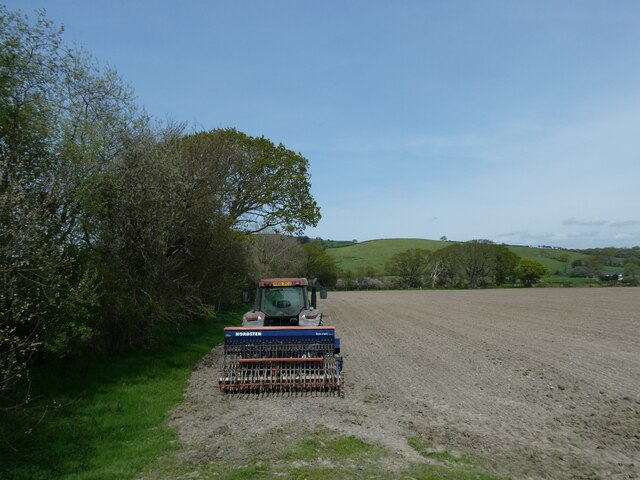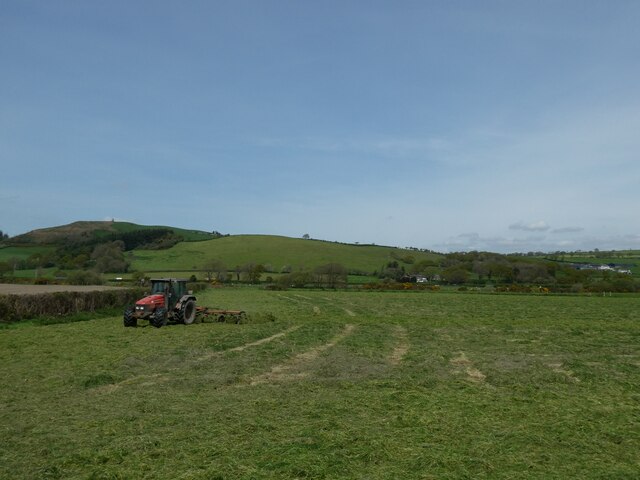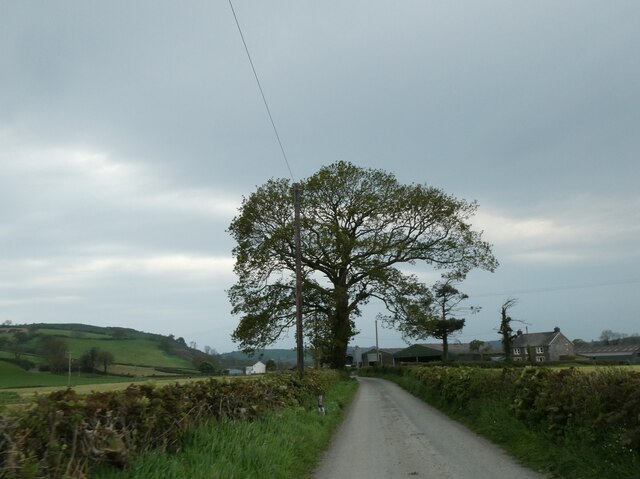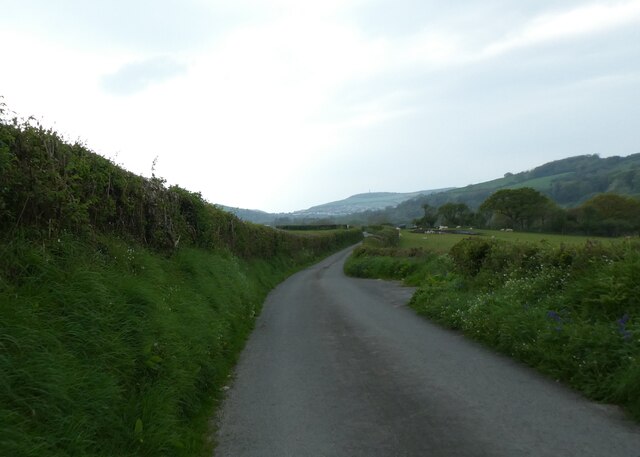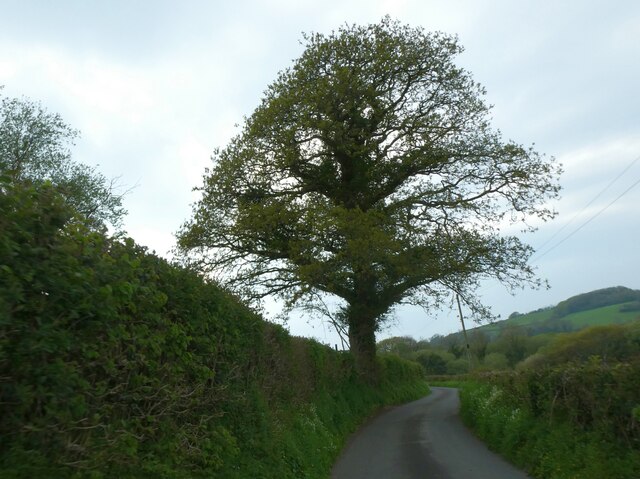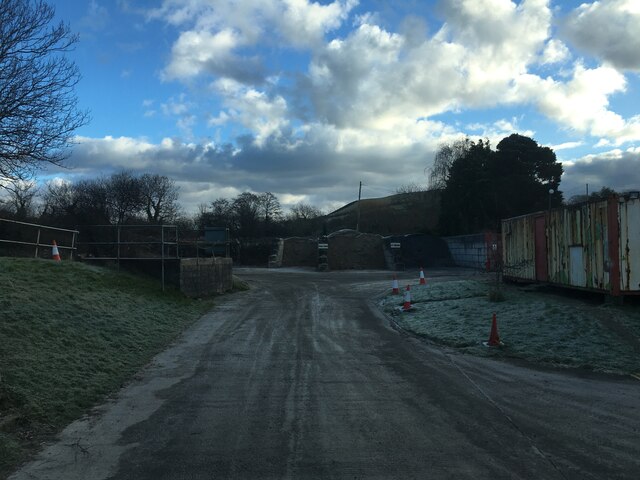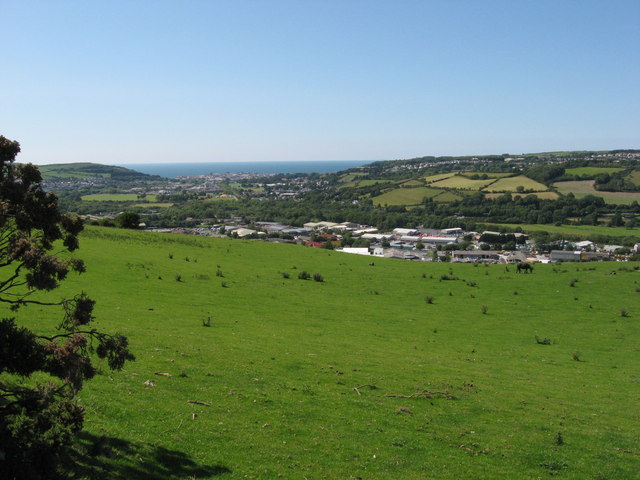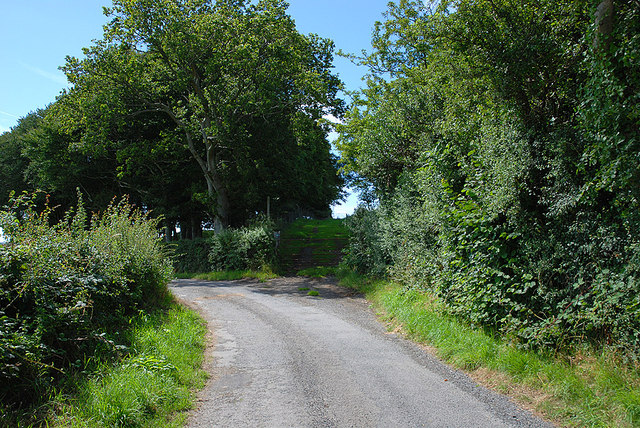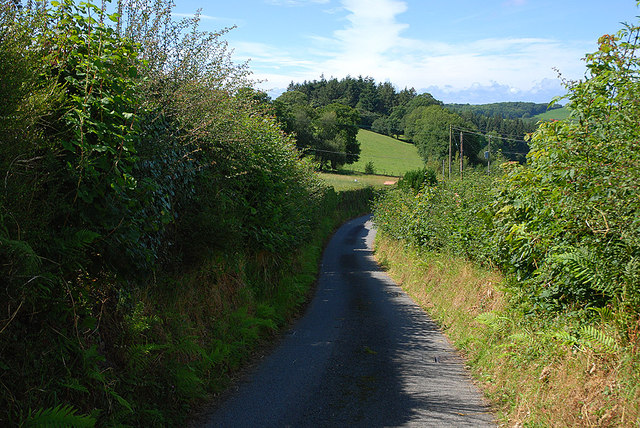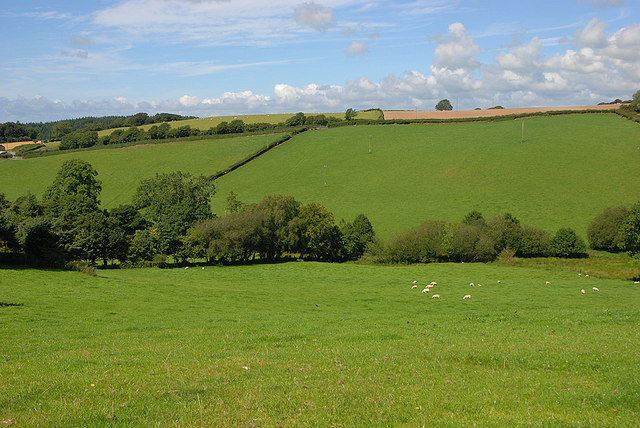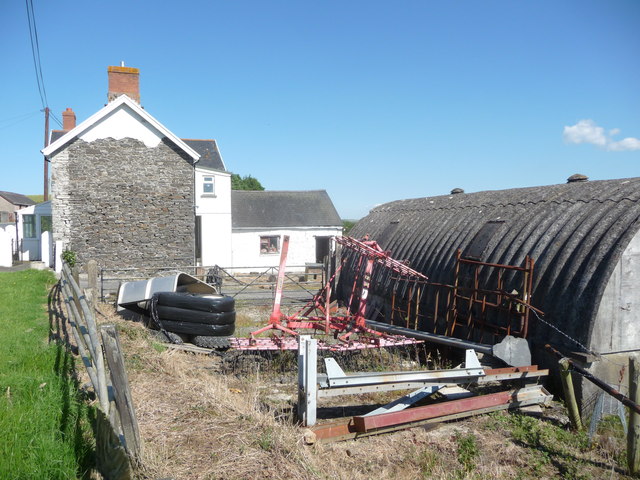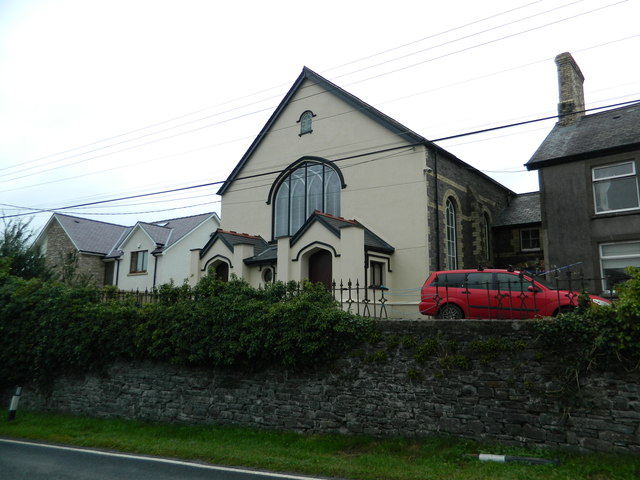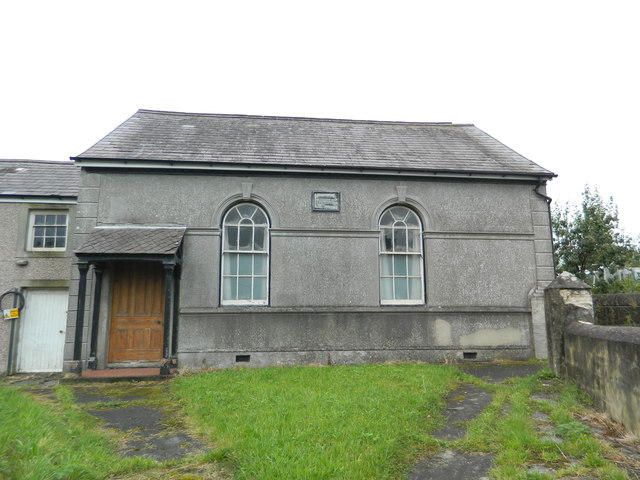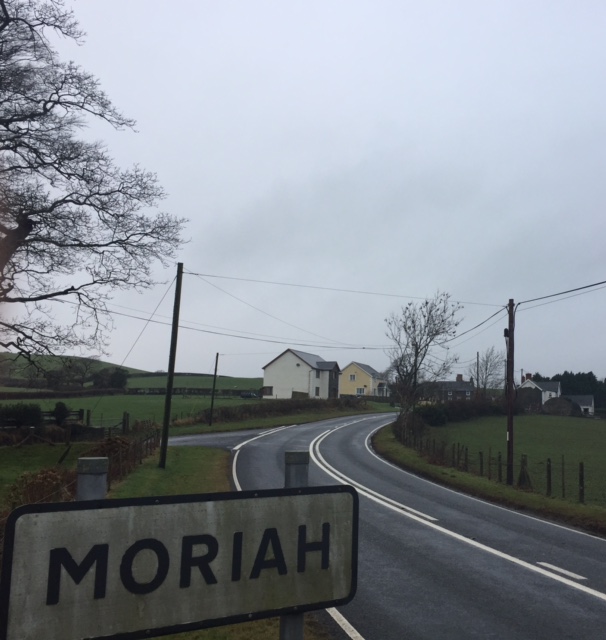Building Covert
Wood, Forest in Cardiganshire
Wales
Building Covert
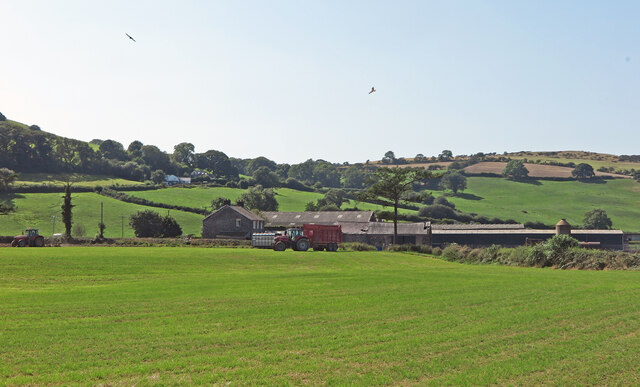
Building Covert is a picturesque woodland located in Cardiganshire, Wales. Covering an area of approximately 100 acres, this woodland is known for its lush greenery and abundant wildlife. The woodland is predominantly made up of various species of trees, with oak, beech, and ash being the most prominent. These towering trees create a dense canopy that provides a cool and tranquil atmosphere, making it a popular destination for nature enthusiasts and hikers.
Walking through Building Covert, one can experience the soothing sounds of birds chirping and leaves rustling in the wind. The forest floor is carpeted with a vibrant assortment of wildflowers, adding pops of color to the verdant surroundings. The woodland is intersected by a meandering stream, which adds to its natural beauty and provides a watering hole for the diverse range of wildlife that calls this place home.
Animal enthusiasts will be delighted to spot various species in Building Covert, including deer, foxes, badgers, and a variety of bird species such as woodpeckers and owls. The woodland also serves as a habitat for a diverse array of insects and small mammals, contributing to the overall biodiversity of the area.
Building Covert offers several well-maintained walking trails, allowing visitors to explore the woodland at their own pace. These trails provide opportunities to enjoy the peaceful surroundings, observe the wildlife, and appreciate the beauty of nature. The woodland is also equipped with picnic areas, making it an ideal spot for a day out with family or friends.
In summary, Building Covert in Cardiganshire is a captivating woodland that offers a serene and refreshing experience for nature lovers. With its abundant vegetation, diverse wildlife, and well-marked trails, it is a haven for those seeking solace in the midst of nature.
If you have any feedback on the listing, please let us know in the comments section below.
Building Covert Images
Images are sourced within 2km of 52.389818/-4.0209235 or Grid Reference SN6278. Thanks to Geograph Open Source API. All images are credited.
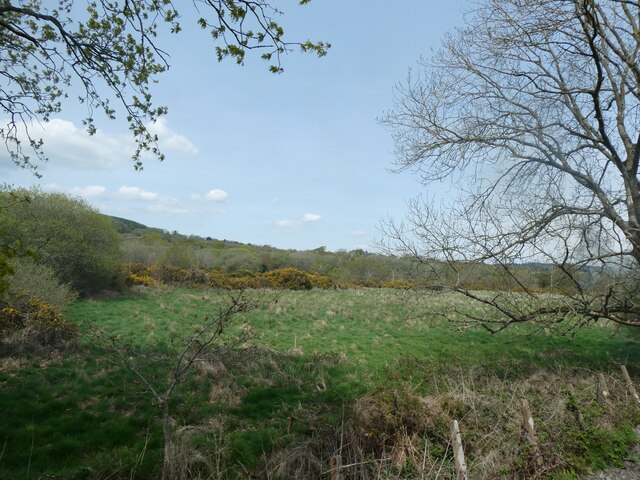
Building Covert is located at Grid Ref: SN6278 (Lat: 52.389818, Lng: -4.0209235)
Unitary Authority: Ceredigion
Police Authority: Dyfed Powys
What 3 Words
///spud.engineers.natural. Near Llanilar, Ceredigion
Nearby Locations
Related Wikis
Nanteos Mansion
Nanteos (Welsh: Plas Nanteos, Nanteos Mansion) is an 18th-century former country house in Llanbadarn-y-Creuddyn, near Aberystwyth, Ceredigion, Wales. A...
Moriah, Ceredigion
Moriah is a hamlet in the community of Llanfarian, Ceredigion, Wales, which is 73 miles (117.4 km) from Cardiff and 177.1 miles (285 km) from London. Moriah...
Y Gors, Ceredigion
Y Gors is a hamlet in the community of Trawsgoed, Ceredigion, Wales, which is 71.5 miles (115.1 km) from Cardiff and 176.1 miles (283.4 km) from London...
Glanyrafon railway station
Glanyrafon railway station (formerly Glanrafon) is a railway station serving Glanyrafon in Ceredigion in Mid-Wales. It is a request stop on the preserved...
Nearby Amenities
Located within 500m of 52.389818,-4.0209235Have you been to Building Covert?
Leave your review of Building Covert below (or comments, questions and feedback).

